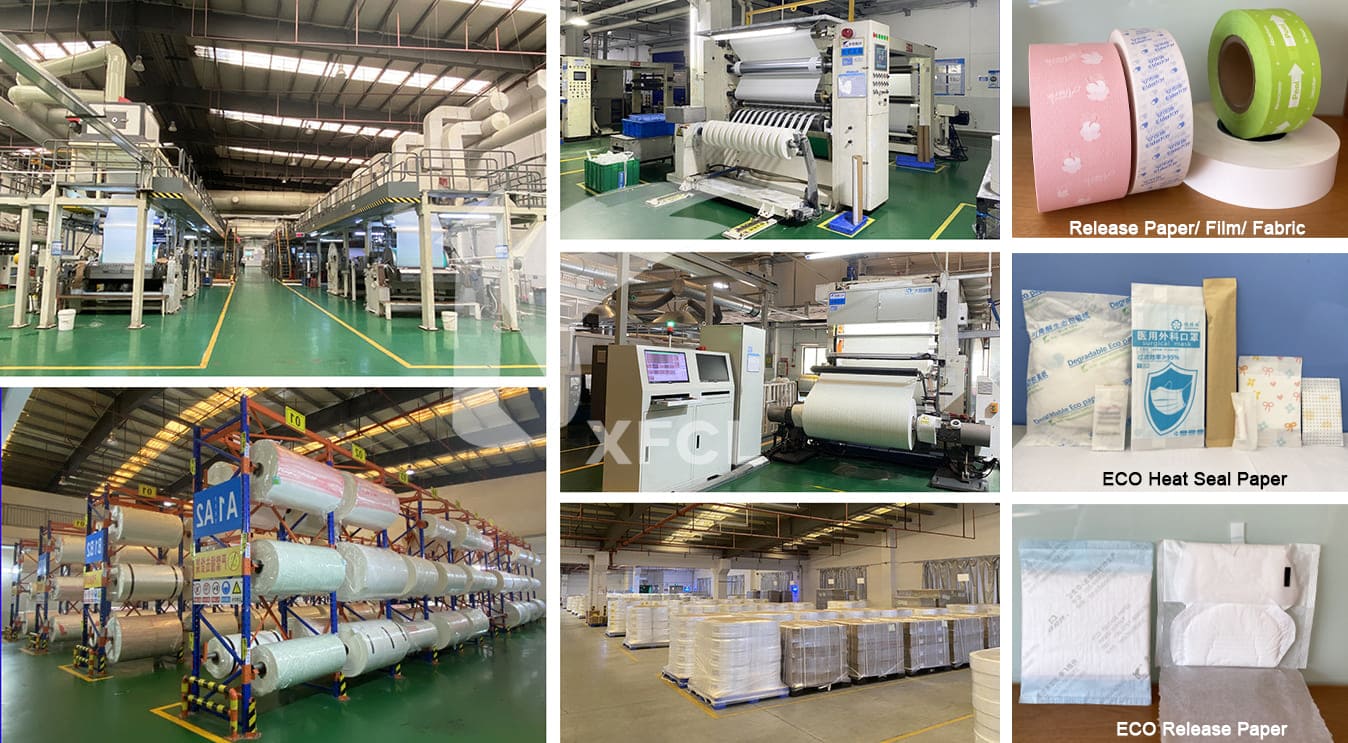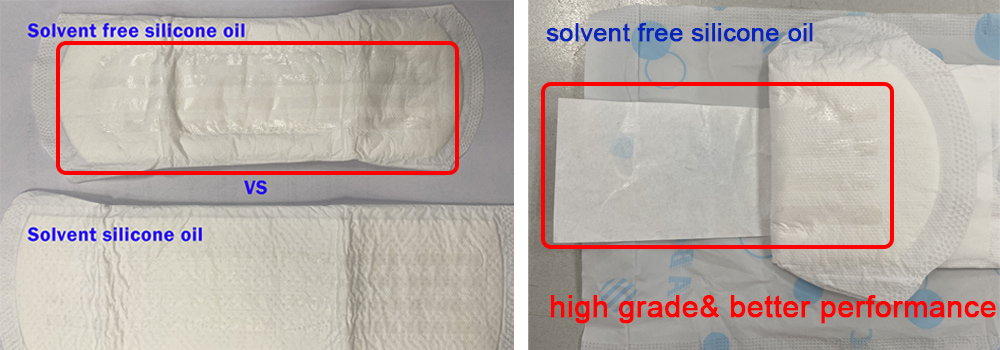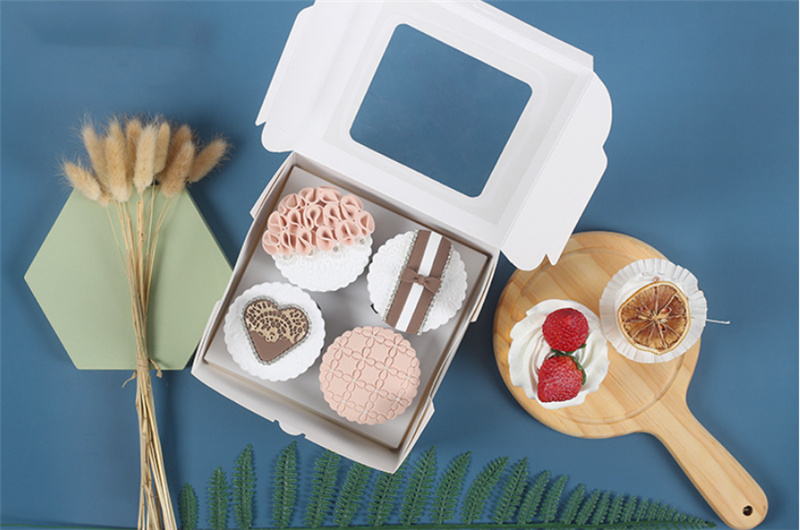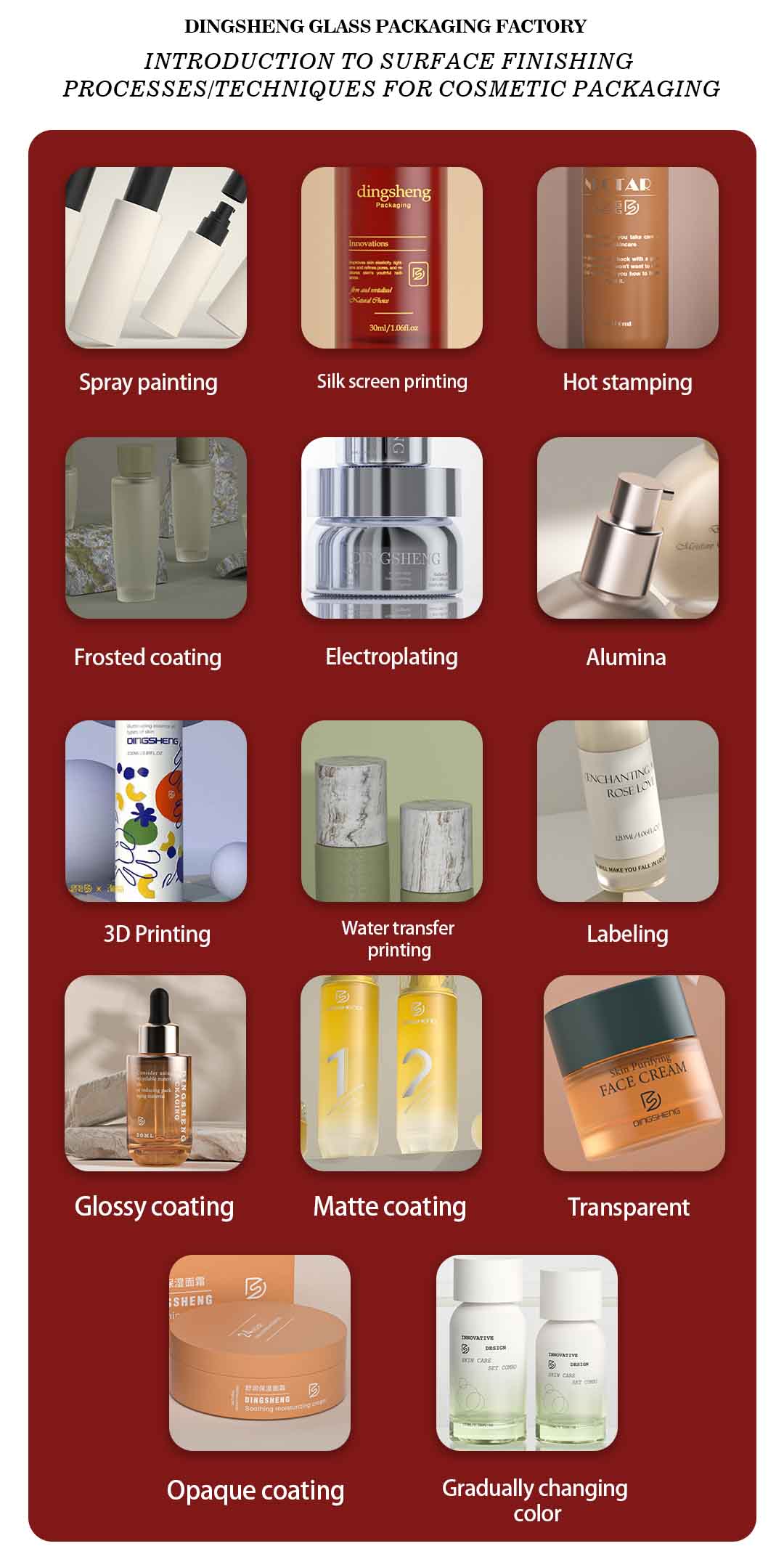MGK, CCK, and SCK are all types of release papers used in various industries. Here are the differences between them:
MGK (Machine-Glazed Kraft): MGK release paper is made from machine-glazed Kraft paper. It has a smooth and glossy surface on one side, which provides good release properties. It is commonly used in applications such as adhesive tapes, labels, and decals.
CCK (Clay-Coated Kraft): CCK release paper is made from Kraft paper coated with a layer of clay on one side. The clay coating provides enhanced smoothness and improved release properties. CCK release paper is often used in applications that require high-quality printing, such as pressure-sensitive labels, graphic arts, and packaging.
SCK (Super-Calendered Kraft): SCK release paper is made from Kraft paper that has been super-calendered to achieve a very smooth surface. This type of release paper offers excellent release properties and is commonly used in applications such as silicone release liners, composites, and synthetic leather.
In summary, the main differences between MGk, ccK, and sck release papers lie in their manufacturing processes, surface characteristics, and specific applications. MGk paper is machine-glazed kraft paper, ccK paper is clay-coated kraft paper, and sck paper is super-calendered kraft paper.


While Xinfei Release paper is not belong to CCK release paper ,MGK release paper or SCK release paper. The base paper we use is similar to Glassine's base paper, two coatings on paper surface. First primar PVA coating, then solvent free silicone oil coating. Safe and no chemical residues. Widely used in hygiene industry, like sanitary napkin or sanitary pads.

